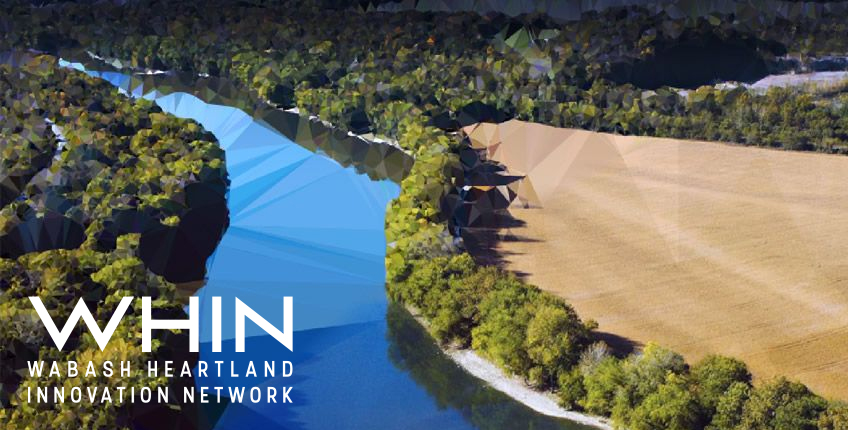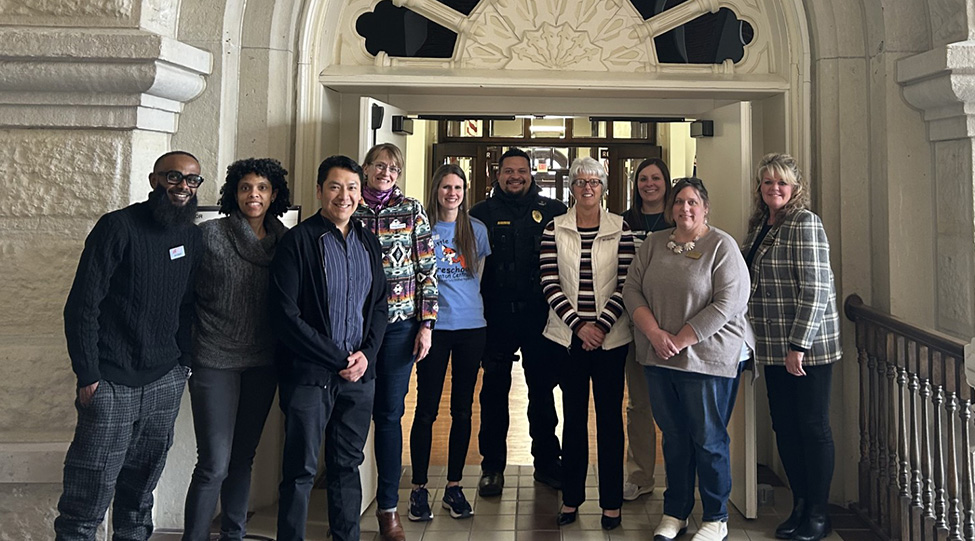If Not for WHIN…

If Not for WHIN… Believe it or not – it has been five years since Lilly Endowment Inc. (LEI) announced a $38.9M investment in the 10-county region surrounding Purdue University! Called the Wabash Heartland Innovation Network (WHIN), this initiative launched in 2018 has been focused on taking its three pillars – advanced manufacturing, digital agriculture and the cultivation of regional innovation – to the next level. The Purdue Center for Regional Development (PCRD) has been involved in the research/assessment component of WHIN since before it was even funded. In 2016, the Greater Lafayette Community Foundation (GLCF) asked PCRD to assist with the metrics, strategic planning and grant writing to lay WHIN’s groundwork. PCRD created a comprehensive data dashboard, conducted regional placemaking surveys at regional county fairs during the summers, and produced biannual reports and a midpoint impact analysis. We benchmarked WHIN’s progress all along and recently released its 50-page final report that reflects the breadth and depth of the contributions that have been made to the prosperity of Benton, Carroll, Cass, Clinton, Fountain, Montgomery, Pulaski, Tippecanoe, Warren and White counties as a result of this economic/community development effort.
The final evaluation utilized an inductive, qualitative inquiry method called Ripple Effects Mapping (REM) that facilitates the process of gathering detailed stories from a group in an interactive, reflective and celebratory way. All along, PCRD has been tracking WHIN’s “expected” outcomes – those metrics that we promised to measure when LEI awarded the grant in 2018. But, with REM, we were able to capture the “unexpected” outcomes, as well, giving beneficiaries of WHIN’s work in the region the opportunity to speak about what wouldn’t have happened “if not for WHIN…”
Seven REM sessions were conducted with a total of 62 participants from the 10 counties, each sharing the innovations, initiatives, networks and investments that spontaneously sprung from WHIN as a result of the emphasis on the Internet of Things (IoT), an abbreviation that regional stakeholders (jokingly) said no one could spell before WHIN was on the regional radar.
REM requires the development and administration of a well-sequenced set of questions that engage session participants in a positive and productive brainstorming discussion, serving as the centerpiece of the session. It is the discussions and interactions among participants that help produce the “raw data” needed to map the evolving outcomes.
Using mind-mapping software, group participants in the WHIN REM sessions were able to visualize the storylines that emerged from the information they shared and how their storylines intersected with other storylines, revealing ripples of impact under each of the three pillars, including:
The magic of evaluation is that – particularly, if planned from the beginning – its methods can yield powerful results that reveal the “return on investment” to its funder(s) and beneficiaries. PCRD was able to measure and showcase the value of WHIN in this way, but you can use Ripple Effects Mapping (REM) for any program or project you want to assess. We hope you take a peek at WHIN’s final report for inspiration.
NACDEP 2023 Poster: Mix It Up – Combining Ripple Effects Mapping with Quantitative Measures

Melinda Grismer, Ph.D., a Community and Regional Development Specialist with the Purdue Center for Regional Development (PCRD), has expertise in grant-writing, facilitation, strategic planning, board... read more







